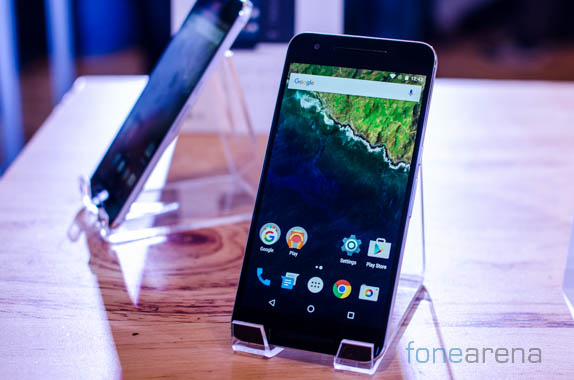
Hardware and software make the product but it is the experience that sells the idea behind it. An ideology well adopted by Apple and the iPhone and now by Google to an extent. Today’s Nexus devices are no longer developer devices, no longer showcases of how Android can scale down and certainly not a showcase of delivering high end hardware for a low low cost. No, this is a revised Nexus experience that is all about the premium and proving that Google is very capable of being competitive. At the company’s event held in New Delhi we got to spend some quality time with the two handsets, enough to get an initial idea of how good or bad the product really is.
We start off with the higher end of the two. The Nexus 6P is a veritable flagship device with build quality to match. The front of the phone houses a large 5.7 inch 2K display with minimal bezels to the side. The top and bottom bezels are on the larger side though simply because they include front facing speakers.
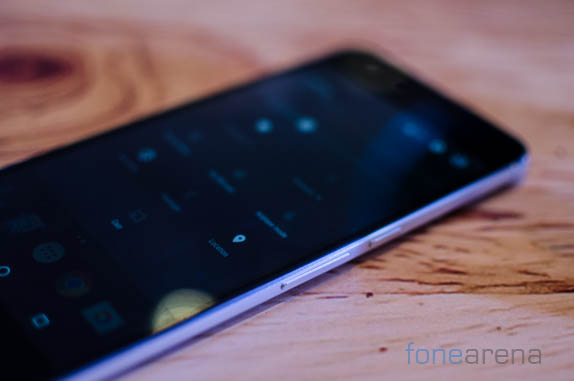
Over at the right hand side lies the power button and the volume rocker below it. Tactile feedback is quite decent for what its worth and we couldn’t really complain about it. Head over to the bottom and you’ll find the first major change. A USB Type C connector that supports fast charging to rapidly top off the 3450 mAh battery.
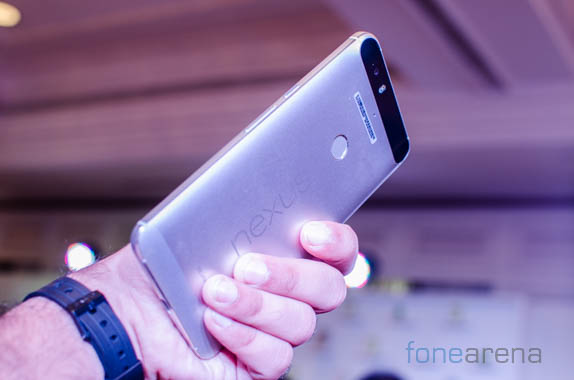
Move to the back and you’ll find a very intriguing design choice. While the entire phone is clad in metal, the top tapers off and is covered in a black plastic that also houses the camera module and its accoutrements like the laser autofocus unit. We’ve got mixed feelings about this as it looks just about alright but certainly not as bad as what we’d seen on leaked renderings. Beyond that you’ve got the regular Nexus branding at the back and a small Huawei mention at the bottom. The camera hardware on the other hand seems solid and we were able to get some very well detailed, low on noise photographs in our test shots. The back of the phone also sport a fingerprint scanner which Google calls a Nexus Imprint scanner. So what is it really? The Nexus Imprint scanner is at its core a very fast fingerprint scanner capable of logging you into the phone in under 600ms. It also learns with time and constantly improves detection.
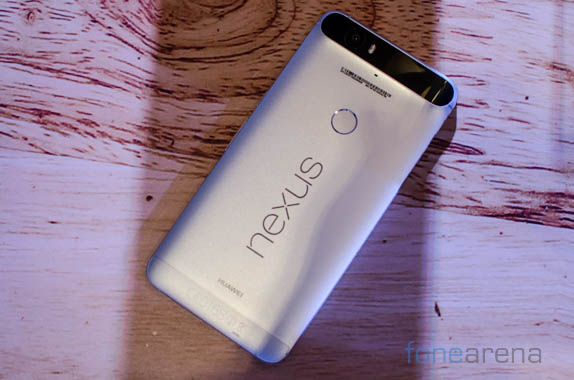
With a flagship device you expect similar internals and on the Huawei made Nexus 6P you get a Snapdragon 810 processor paired with 3GB of RAM. That specific processor has caused a lot of heartache with overheating and underclocking issues and it remains to be seen if the Nexus 6P will be impervious to these issues. At first glance, the phone was blazing fast of course. The handset comes with 32/64GB storage options in India. No, you still can’t expand it via the microSD card slot despite the fact that Android Marshmallow brings quite drastic improvements to the SD card usage experience on Android. All in all the Nexus 6P is a good phone but there’s nothing revolutionary here when it comes to hardware. Indeed it is the marriage & promise of the latest software to modern hardware that makes this phone enticing.
Moving on to the Nexus 5X though things get slightly more interesting if only for the nostalgia value. The phone is a true throwback to the original Nexus 5 from two years ago. Similar design principles, similar focus on the basics makes this a spartan yet good looking phone.
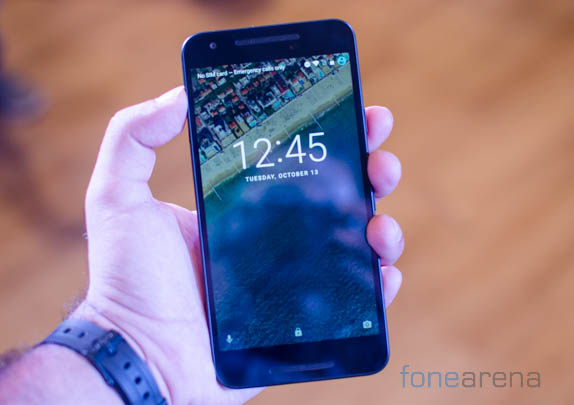
The front houses a 5.2″ display in dimensions that are similar to the original Nexus 5. This is still a Full HD display unlike the one on the Nexus 6P and there’s really nothing to complain about that. It is a very nice and vibrant panel. Outdoor visibility can be a bit iffy depending on how bright the sunlight is but other than that, the display is satisfactory at the very least and we personally found it appealing.

The right side is where you’ll find the power button and volume rocker. Made entirely of plastic there’s a bit of wobble to the buttons and tactile feedback could have been better. The buttons are ergonomic though and easy to reach out to. There’s no other button on the phone and the 3.5mm audio jack has been switch over to the bottom of the device, next to the USB Type C connector that also fast charges the 2700mAh battery. The ergonomics of the handset are quite good and intrinsicly better than that of the Nexus 6P because of the smaller dimensions. All in all, The Nexus 5X fits really well in the hand.
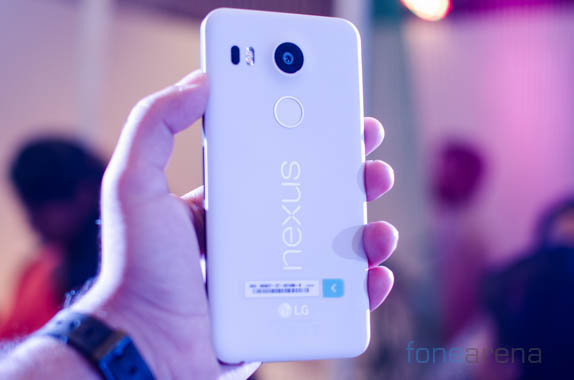
The back of the phone is a simple affair. The same plastic as from the front continues here as well. The same camera and fingerprint modules from the Nexus 6P can also be found here. We do prefer the hardware design on the Nexus 6P which houses the entire camera assembly in a single black bar as opposed to the protruding unit on the 5X. The phone has the same laser autofocus based focussing mechanism and a similar dual tone flash as well.

Internally, the 5x is powered by a hexacore Snapdragon 808 chip which is slightly slower than the 810 on paper but there’s little difference in usability. That said, we can’t really give a proper verdict on this till we’ve spent a few days with the phone. The 5X also has 2GB of RAM and 16/32GB of storage on offer. We’re not quite confident whether that is sufficient storage on a modern handset as you can’t expand it further but in their defence, Google is really trying hard to get you onboard its cloud services!
With the Nexus 5X and 6P, we’ve seen Google grow up and approach the market as a consumer focussed brand. Where the previous Nexus devices were phones for geeks or developers, the 5X and 6P offer genuine competition to the high end contenders and manage to hold their own quite well. You’d have noticed how we curiously didn’t really talk about the software. There are some wide sweeping changes with Android Marshmallow and some very subtle ones too. To be able to give a proper judgement call on this requires time and we’ll have more for you once we’ve had some in-depth time with Android 6.0. For the moment though, the new Nexus phones priced at Rs. 31,999 and 39,999 onwards offer a compelling smartphone experience and are definitely worth a recommendation. These are not the cheap Nexus phones of yore but then quality doesn’t come cheap, does it?
